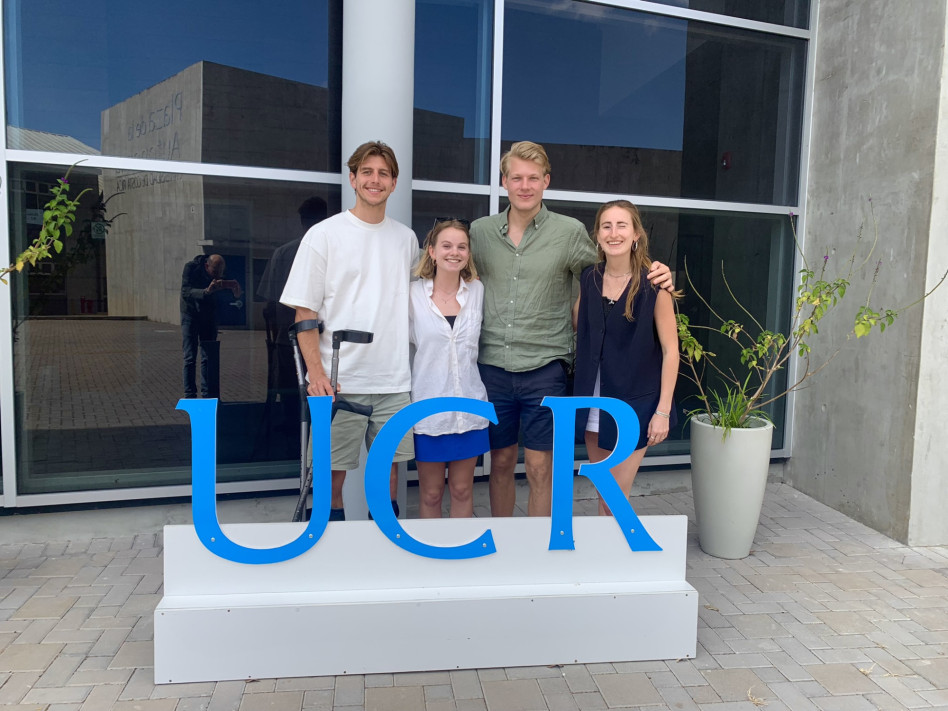After successfully completing our project and presenting the results to our professors, we have gained valuable insights that can contribute to the protection of sea turtles. We would like to share the progress of our research.
Through thorough fieldwork on Ostional Beach and analyzing the sand samples, we have gained a better understanding of potential changes in sand composition between the dry and rainy seasons. This information can be crucial in identifying factors that influence nesting conditions and the breeding success of turtles on Ostional Beach.
Simultaneously with the analysis of the sand samples, we conducted a stakeholder analysis and utilized an Autoregressive Logistic Model. The Stakeholder Analysis helped us map the stakeholders involved in arribadas research. By understanding the parties involved, including the local community of Ostional and relevant organizations, we can foster collaborations to develop and implement effective conservation measures.
The use of the Autoregressive Logistic Model to predict the arrival of arribadas has proven to be a valuable tool. By determining the factors that have the most influence on this model, it opens doors to a better understanding of sea turtle ecology and behavior. This can lead to targeted measures to protect vulnerable periods during arribadas and minimize the interaction between human activities and turtles during an arribada.
Interviews with the local community provided us with valuable insights into their knowledge, experiences, and concerns regarding arribadas and sea turtle conservation. By increasing community engagement and amplifying their voices, we can adopt an inclusive approach in developing policies and initiatives for the protection of this endangered species.
With this extensive knowledge and results, we have established a solid foundation for further research efforts and conservation measures at Playa del Ostional. We are determined to continue our commitment to the protection of sea turtles and their habitat, and we hope that our findings will make a valuable contribution to the conservation of these species.
Research Arribadas - Update II

